Constellation pilot program invites customers to source nuclear power

Constellation is launching a pilot program that allows its Washington, D.C., customers to purchase 100 percent nuclear energy for their homes.


Constellation is launching a pilot program that allows its Washington, D.C., customers to purchase 100 percent nuclear energy for their homes.
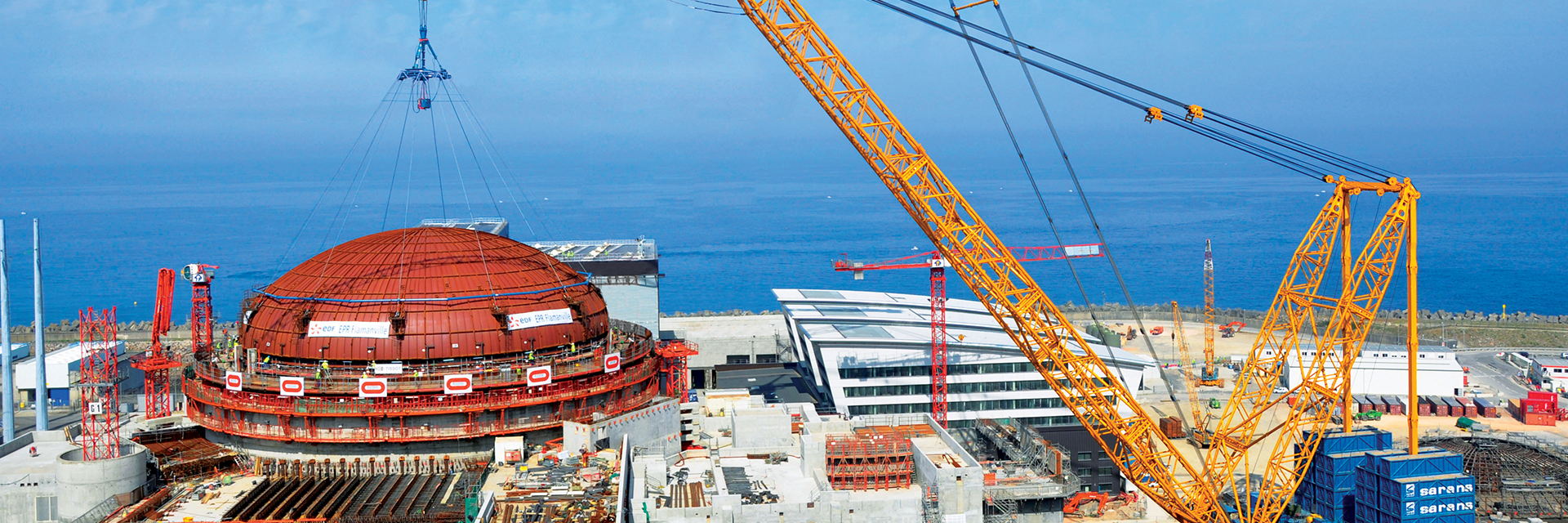
It's been another successful publishing year for the American Nuclear Society's Nuclear News, Radwaste Solutions, the online Nuclear Newswire, and the NN Daily newsletter.
For Nuclear News, below are the publishing themes for 2025.
If you have story ideas for any of these themes or for Radwaste Solutions, please contact Nucnews@ans.org.

Lisa Marshall
president@ans.org
Several questions loom after federal and state elections: What does the future hold for nuclear science and technology? Will there be a shift in direction? How do we continue and expand our impact on energy and nonenergy initiatives? The American Nuclear Society is an organization of people, policies, and products. We innovate, educate, and facilitate collaboration. We advance the field, serving our members and engaging with communities. With every travel assignment, I have witnessed the collective passion and action of our members toward fuller participation and societal enhancement based on nuclear technology. The work is not done, but there is forward momentum.
We have never been a field that does not answer the call, and at this year’s Winter Conference and Expo, we explored the very apt theme “Now comes the hard part.”
Among the plenaries and technical sessions were panels about engaging and educating the next generation of nuclear professionals, the growth of nuclear engineering departments in higher education, a student design competition, and—as one might expect in November during an election year—keeping nuclear out of the political fray.
![]() Here is a recap of industry happenings from the recent past:
Here is a recap of industry happenings from the recent past:
Partnership formed for Idaho microreactors
Aalo Atomics has partnered with Idaho Falls Power to focus on the deployment of seven Aalo-1 microreactors that would provide a total of 75 MWe of power. The sodium-cooled microreactors—each with a 10-MWe capacity—are to be built at Aalo Atomics’ new headquarters and manufacturing facility in Austin, Texas. The reactor’s safety system, incorporating uranium zirconium hydride fuel, is designed to automatically shut down the reactor should it overheat. Aalo Atomics, which is currently constructing an Aalo-0 nonnuclear test reactor in Austin, intends to build an Aalo-X experimental reactor at Idaho National Laboratory before shifting to the Aalo-1 commercial unit. The Aalo-1 is not expected to come on line before 2030.

Advanced reactor developer Terrestrial Energy and Utah-based waste management company EnergySolutions announced they have signed a memorandum of understanding to collaborate on the siting and deployment of Terrestrial Energy’s integral molten salt reactor plants at EnergySolutions-owned sites.

The OECD Nuclear Energy Agency in late November reported on a range of “New at the NEA” activities.
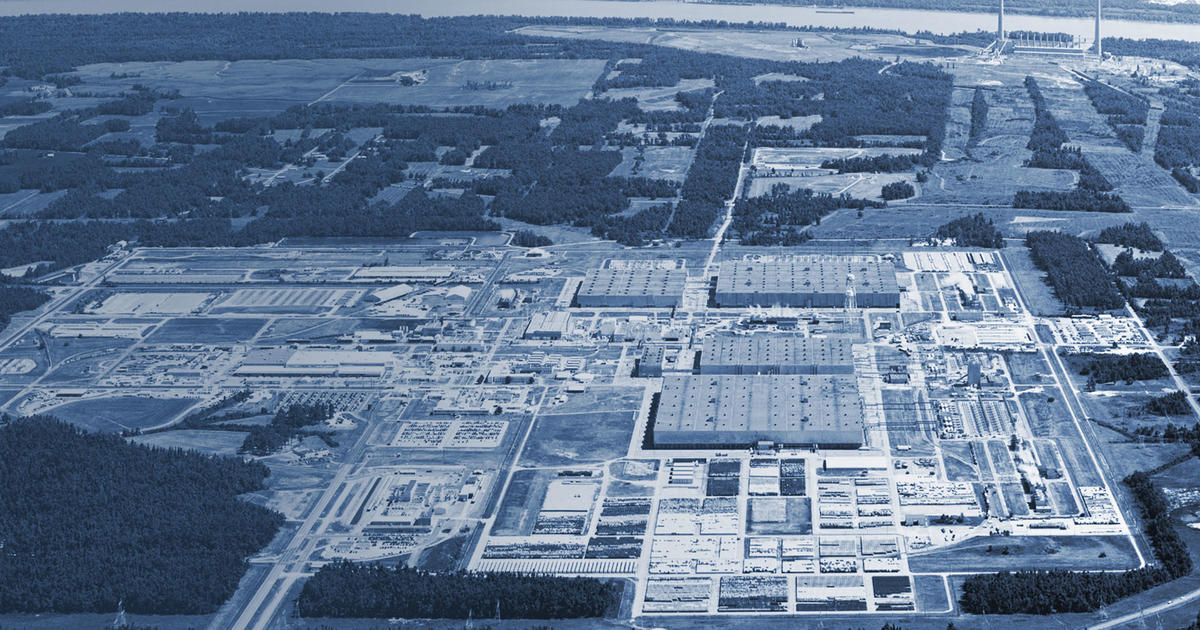
Global Laser Enrichment (GLE) has acquired a 665-acre parcel of land for its planned Paducah Laser Enrichment Facility (PLEF) in Kentucky.
![]() Here is a recap of industry happenings from the recent past:
Here is a recap of industry happenings from the recent past:
Startup Longview Fusion signs CRADA with LLNL
The Lawrence Livermore National Laboratory and Longview Fusion Energy Systems have reached a cooperative research and development agreement that builds upon the LLNL National Ignition Facility’s repeated demonstrations of fusion energy gain and supports Longview’s efforts toward the commercialization of fusion energy. The agreement calls for the national lab and the California company to combine their laser fusion science and technology expertise for the purpose of developing a performance/economic model that can optimize Longview’s fusion power plant designs. In addition, critical requirements are established for Longview’s fusion technology systems and facilities, while a technology road map to mature these systems is being developed. The new agreement complements a set of Department of Energy programs involving LLNL and Longview that are designed to accelerate the delivery of laser fusion energy according to the Biden administration’s Bold Decadal Vision for fusion commercialization.
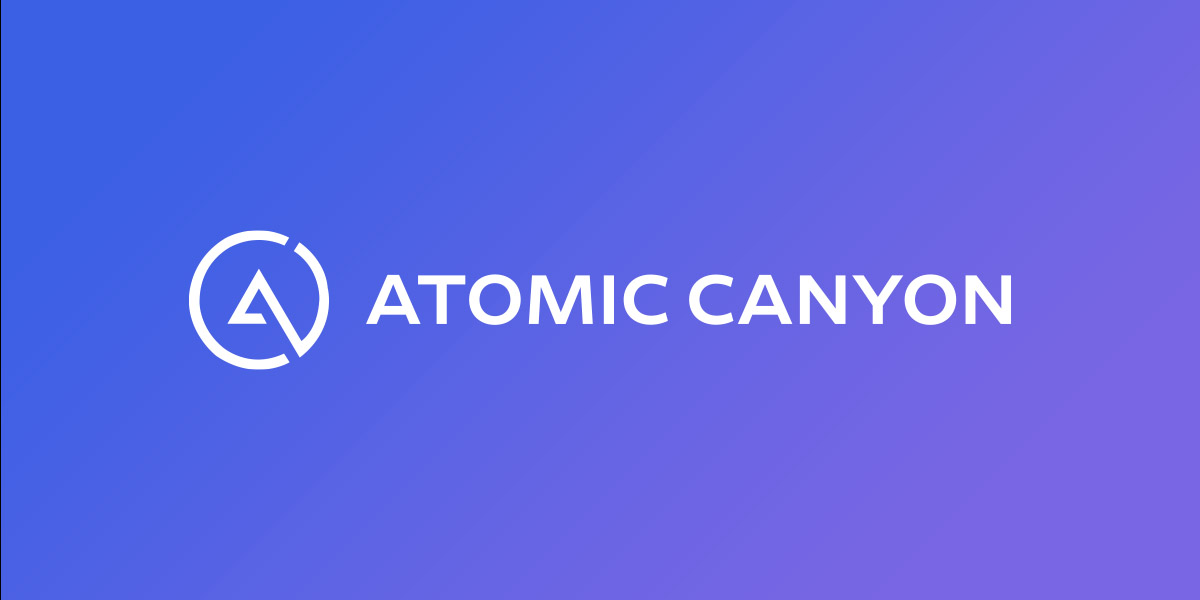
Diablo Canyon will host a commercial installation of the first on-site generative artificial intelligence deployment at a U.S. nuclear plant.
Pacific Gas & Electric is deploying Atomic Canyon’s Neutron Enterprise to assist the utility’s management of datasets associated with operations of Diablo Canyon. The software, which runs on Nvidia’s full-stack AI platform, enables intelligent document processing, computation of semantic embeddings, and generative capabilities. Its infrastructure allows nuclear facilities to process and analyze vast amounts of complex documentation with unprecedented speed and accuracy, according to the company.

The Department of Energy’s Office of Environmental Management has awarded a $2.3 billion operations and site mission support services contract for the Portsmouth Paducah Project Office (PPPO) to Mission Conversion Services Alliance (MCSA), a limited liability company made up of Atkins Nuclear Secured, Westinghouse Government Services, and Jacobs Technology, with Swift & Staley and Akima Centerra Integrated Services as teaming subcontractors.
NorthStar Group Services announced it will work with Modern American Recycling Services (MARS) to pursue work dismantling and disposing of decommissioned U.S. Navy nuclear aircraft carriers at the Port of Mobile, Ala. The work is to be performed by NorthStar subsidiary NorthStar Maritime Dismantlement Services and MARS subsidiary Modern American Recycling and Radiological Services.
.jpg)
The discovery of a rare species of bee by environmental regulators has blocked the plans of tech conglomerate Meta to build an artificial intelligence data center powered by nuclear energy—at least temporarily. Numerous media outlets, including Popular Science, have reported that the unnamed species of bee was detected by regulators who were surveying the land designated for the new data center—land that is located next to an unnamed nuclear power plant from which Meta had planned to obtain electricity.

Lisa Marshall
president@ans.org
October 11, 2024, marked the 70th anniversary of the American Nuclear Society. Taking a long view, we have not looked back and instead have tackled challenges and moved forward with lessons learned. Whether we pull examples from energy or nonenergy aspects of our nuclear enterprise, our planet has benefited from nuclear science and technology, and ANS has been there every step of the way.
As the Society reflects on its own history, let us remember:
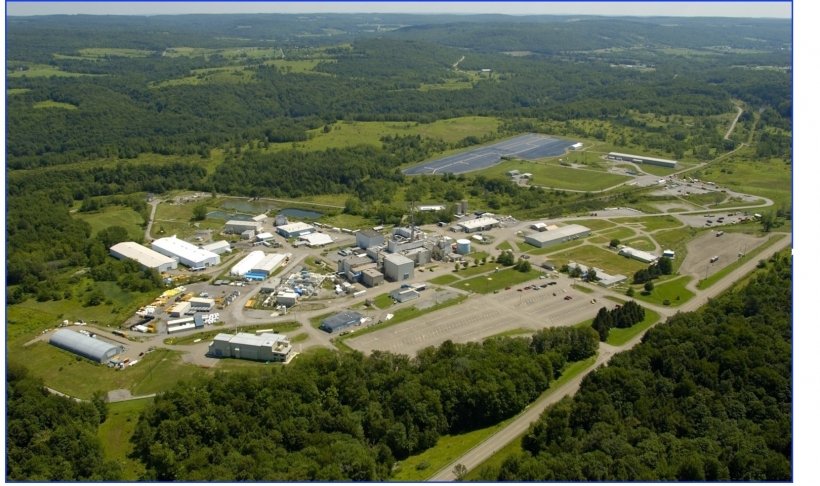
The Department of Energy’s Office of Environmental Management announced it has awarded a 10-year, $3 billion contract to West Valley Cleanup Alliance (WVCA) for decommissioning and demolition work at the West Valley Demonstration Project in western New York. WVCA is a newly formed limited liability company made up of BWXT Technical Services Group, Jacobs Technology, and Geosyntec Consultant. Teaming subcontractors include Perma-Fix Environmental Services and North Wind Portage.
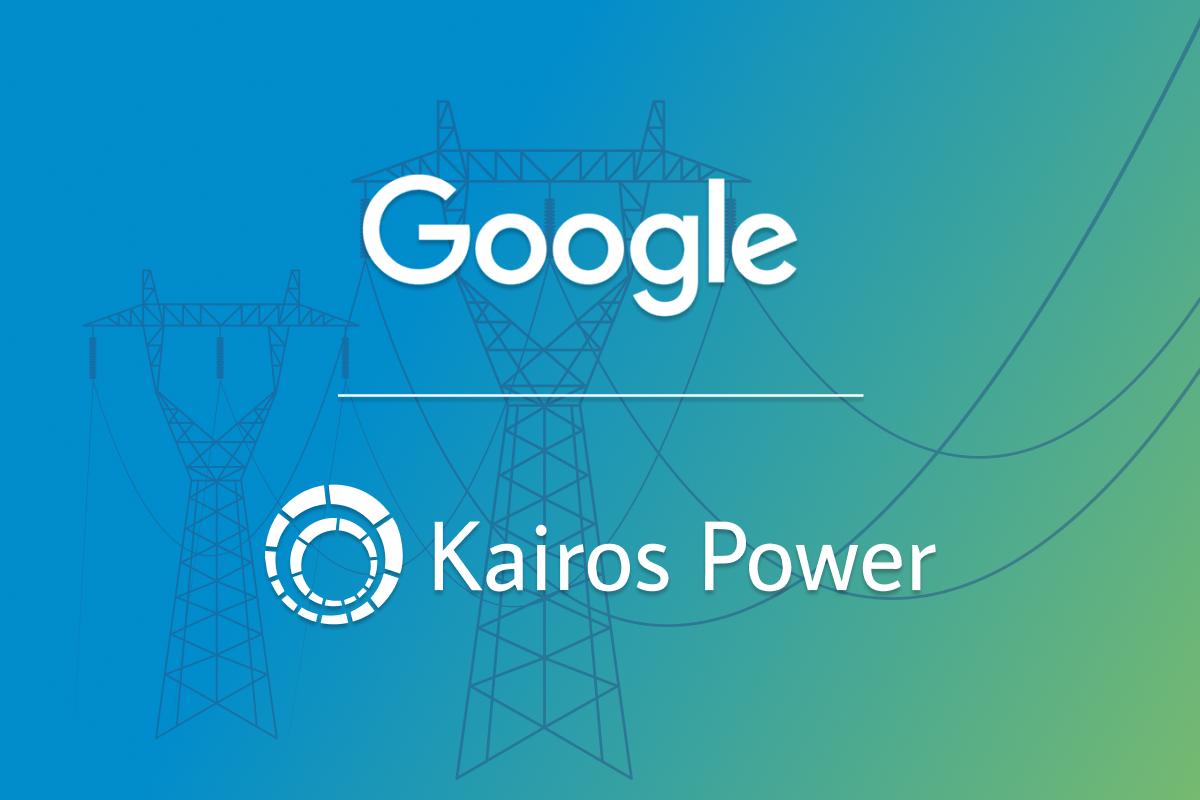
Kairos Power and Google announced over the weekend a new power purchase agreement to provide the tech giant with 500 megawatts of clean energy by 2035.
Under the agreement, California-based Kairos Power will develop, construct, and operate a series of advanced reactor plants and sell energy, ancillary services, and environmental benefits to Google. Plants will be sited in “relevant service territories” to supply clean electricity to Google data centers. The first reactor is planned to be deployed by 2030 to support Google’s 24/7 carbon-free energy and net-zero goals.

Boemeke

Gebbia
A philanthropic gift recently established the Nuclear Scaling Initiative (NSI)—a collaborative effort to spur a new nuclear energy ecosystem to increase the rate of reactor deployment by 10 times by the 2030s.
A gift of $5 million to the NSI will support a host of resources and work to socialize first-of-a-kind technologies with governments, stakeholders, and opinion leaders needed to bring nuclear energy facilities to market. A second $5 million matching fund will incentivize additional philanthropic support from individuals and institutional donors.
The funding comes from Joe Gebbia, cofounder of Airbnb, and Isabelle Boemeke, a Brazilian fashion model, social media influencer, and executive director of advocacy organization Save Clean Energy.
![]() Here is a recap of industry happenings from the recent past:
Here is a recap of industry happenings from the recent past:
Collaboration on SMR-powered ships
The American Bureau of Shipping (ABS) and the Korea Ship & Offshore Plant Research Institute (KRISO) have formed a collaboration to advance the commercialization of ships powered by small modular reactors, as well as floating SMR power-generation platforms. ABS is to provide an analysis of regulatory guidelines and international standards for the design of SMR-powered ships. KRISO is to develop the core technologies for the ships, such as conceptual designs and propulsion systems, as well as a framework for integrated ship and nuclear power safety analysis. KRISO will also design a floating SMR power-generation platform together with a commercialization model for supplying stable power to island areas.
Beginning last week, the two Department of Energy offices responsible for the environmental cleanup of the department’s Hanford Site have been combined under a new name: the Hanford Field Office. Previously, management of the 586-square-mile site near Richland, Wash., was split between the Richland Operations Office and the DOE Office of River Protection (ORP).
As evidenced by the well-attended Climate Week NYC, there is a growing awareness that nuclear energy must be incorporated into national energy strategies if net-zero goals are to be achieved. In recent years, green bonds have found solid footing in the world of energy finance. These eco-friendly issuances have evolved from supporting just wind and solar projects and are increasingly being used to power much-needed growth in the civil nuclear sector. Green bonds that have been issued over the past several years in Canada, France, Finland, and the United States are now being used to support investment in nuclear projects, from breathing new life into old reactors to in certain instances supporting nuclear new build projects. However, a question remains: Can this liquidity be deployed where and when it is needed most—to support ambitious new nuclear project buildouts?
Westinghouse Electric Company has announced that it will create two new global business units from its Operating Plant Services business. Effective January 1, 2025, the new units will be Long-Term Operations and Outage & Maintenance Services.